7 Days Bhutan (Thimphu, Punakha, Paro)
Paro > Thimphu 2N > Punakha 1N > Paro 3N > Paro
Duration
7 Days
Tour Type
Flight Inclusive Trip
Group Size
15 persons
Location
Bhutan
Sketch Itinerary
Itinerary
Day 1: Arrival in Paro – Drive to Thimphu (55 km, approx. 1.5 hrs)
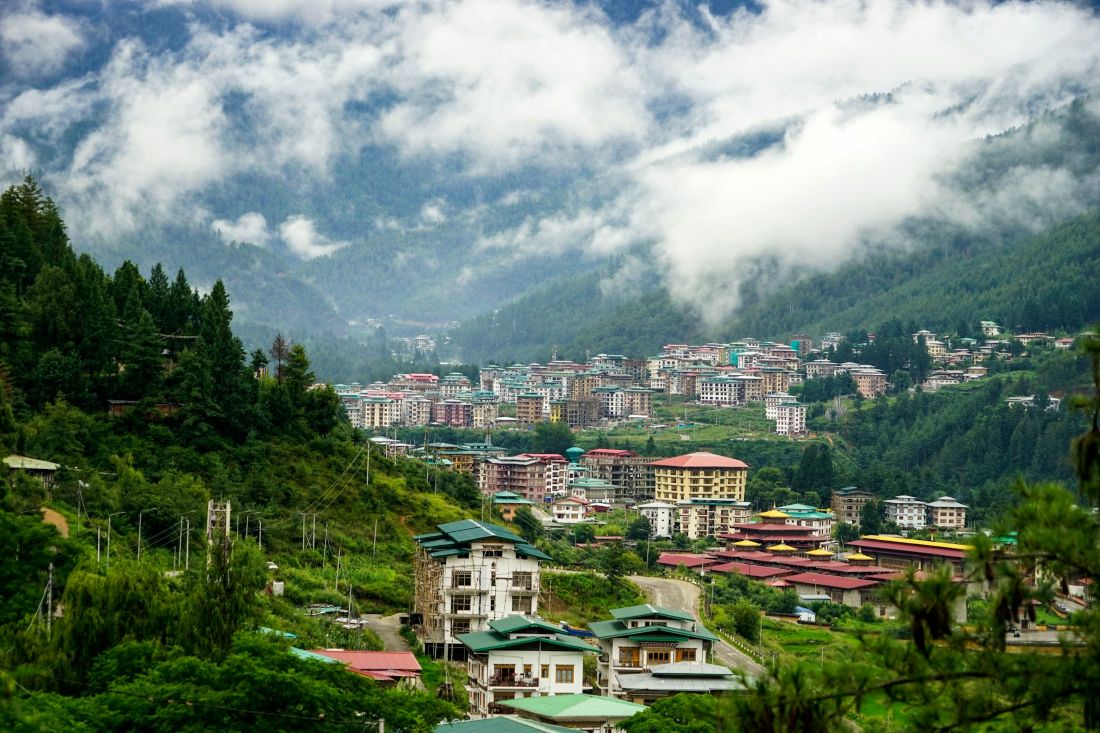
Upon arrival at Paro International Airport (2,200m), complete immigration formalities and receive a traditional Bhutanese welcome. Afterward, embark on a scenic drive to Thimphu, the capital city of Bhutan, following the beautiful Paro Chu and Wang Chu rivers. En route, stop at Tamchoe Monastery (Iron Chain Bridge), an ancient bridge built by Tibetan saint Thangtong Gyalpo. Upon reaching Thimphu, check in to your hotel and relax. In the evening, explore Norzin Lam Street and the Thimphu Handicrafts Market, where you can find traditional Bhutanese textiles, paintings, and souvenirs. Enjoy a traditional Bhutanese dinner.
Overnight Stay in Thimphu
Day 2: Thimphu Sightseeing
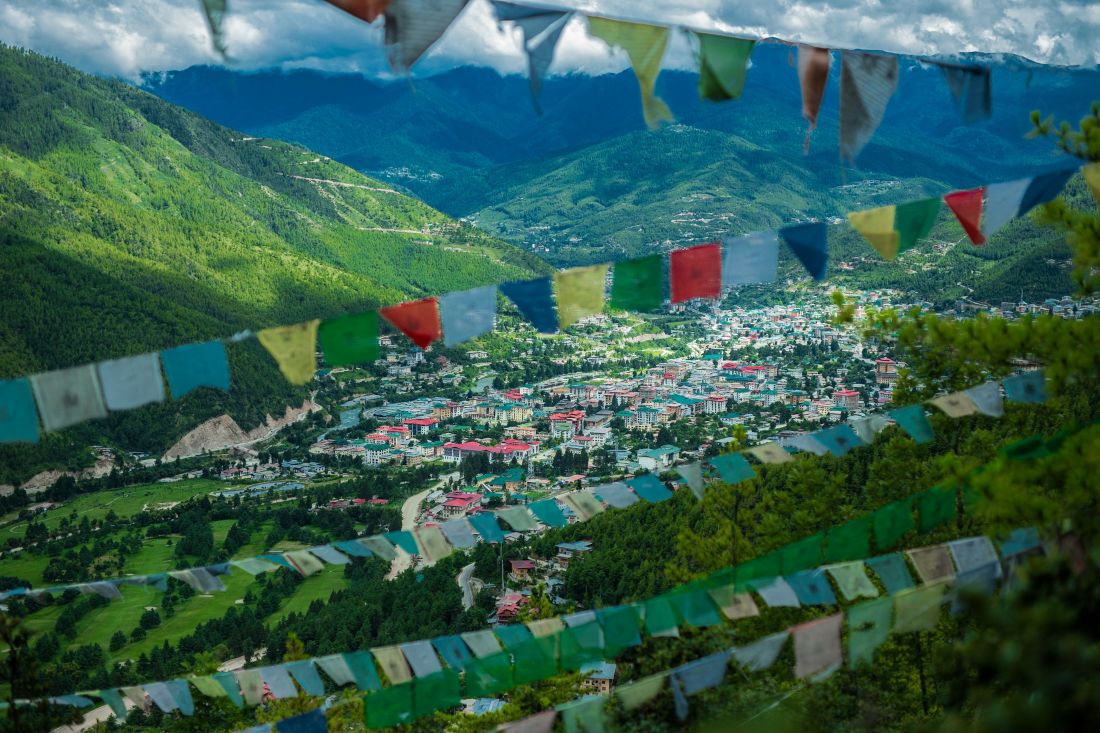
Start your day with a visit to the magnificent Buddha Dordenma, a 51-meter-tall golden statue that offers breathtaking views of Thimphu Valley. Next, visit the Motithang Takin Preserve, where you can see Bhutan’s unique national animal, the Takin, a rare Himalayan species. Continue to the National Institute for Zorig Chusum, also known as the Painting School, where students learn Bhutan’s 13 traditional arts and crafts. Then, explore the National Library, which houses ancient religious manuscripts. In the afternoon, visit the Buddha Standing Statue and Memorial Chorten, where locals gather for prayers and meditation. Later, head to Tashichho Dzong, the seat of Bhutan’s government and religious administration, and witness its impressive Bhutanese architecture. In the evening, spend time shopping at the Thimphu Handicrafts Market before returning to the hotel.
Overnight Stay in Thimphu
Day 3: Thimphu to Punakha via Dochula Pass (75 km, approx. 3 hrs)
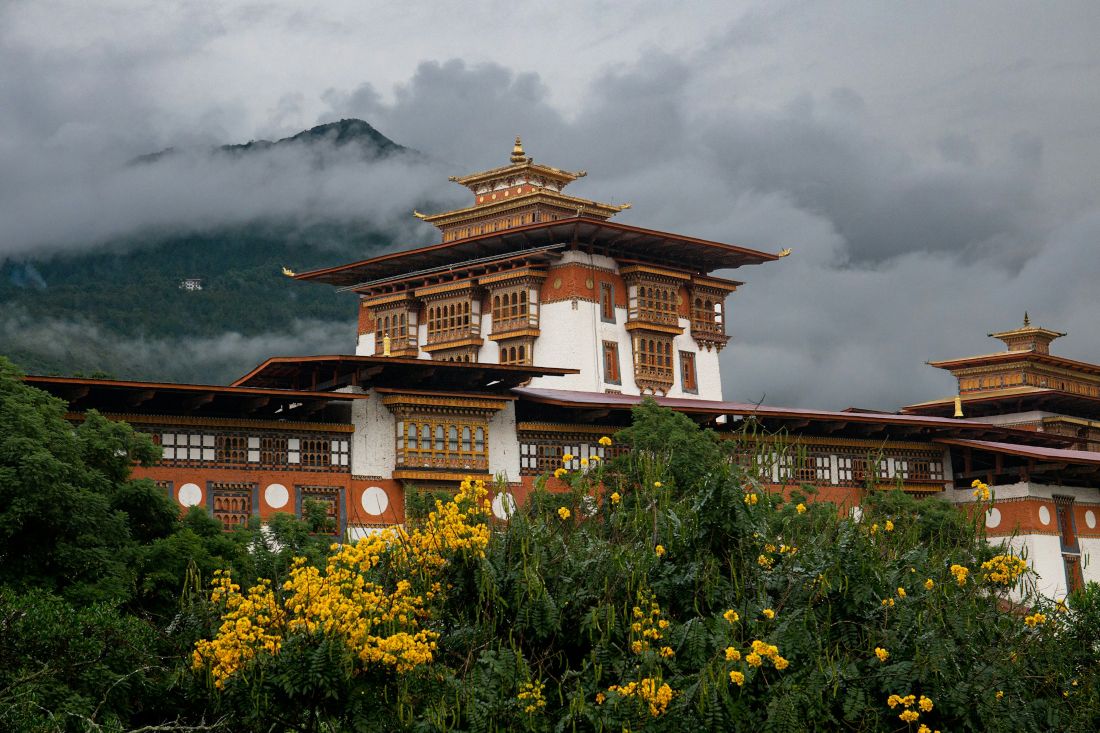
Meals Included: Breakfast, Lunch, Dinner
Embark on a scenic drive to Punakha, passing through Dochula Pass (3,100m). Stop at Dochula Pass Viewpoint, where you will be mesmerized by 108 chortens (stupas) and panoramic views of the snowcapped Himalayan peaks. Continue the journey to Punakha, a valley known for its rich history and natural beauty. Visit the stunning Punakha Dzong, situated at the confluence of Mo Chhu and Pho Chhu Rivers. This fortress is one of Bhutan’s most beautiful and historically significant structures. After exploring the Dzong, take a short walk to Punakha Suspension Bridge, one of the longest suspension bridges in Bhutan, adorned with colorful prayer flags. Enjoy a leisurely evening in Punakha before having dinner.
Overnight Stay in Punakha
Day 4: Punakha to Paro via Lamperi (125 km, approx. 4.5 hrs)
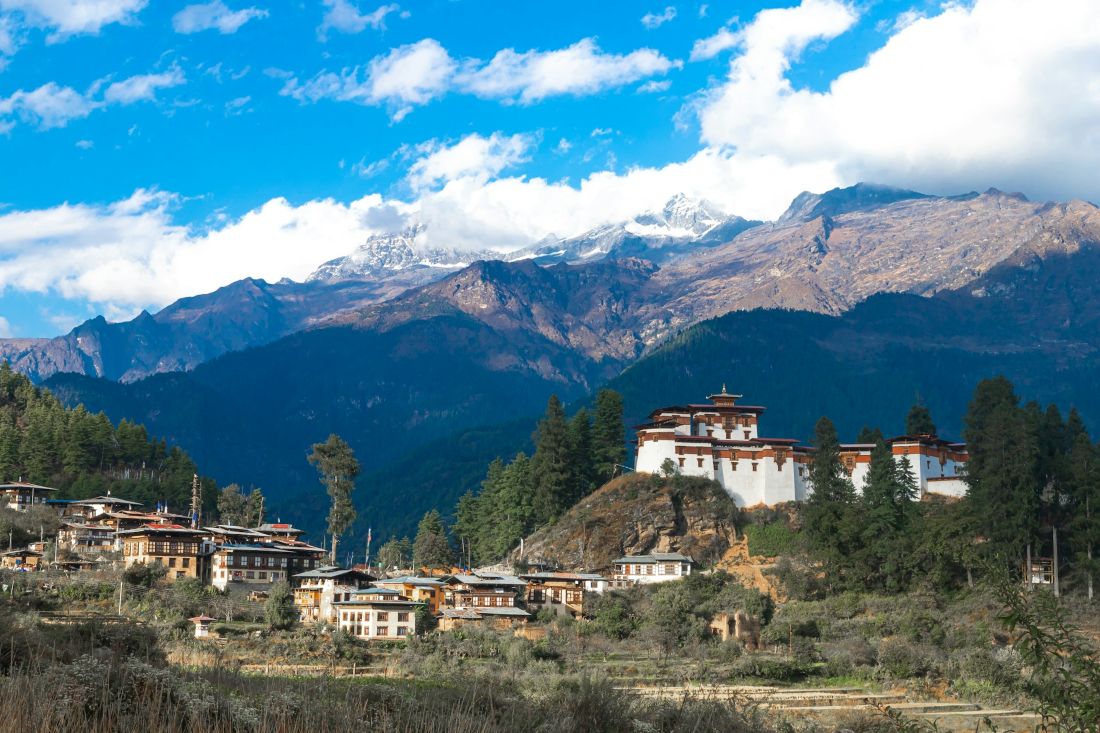
After breakfast, drive back to Paro, stopping at the Royal Botanical Garden at Lamperi, a sanctuary rich in Bhutanese flora, including over 300 species of plants and rhododendrons. Continue your journey and stop at Iron Bridge (Tamchoe Monastery), another architectural marvel by Thangtong Gyalpo. Upon arrival in Paro, visit the historic Paro Dzong (Rinpung Dzong), known for its intricate Buddhist murals and stunning architecture. Then, explore the National Museum, which houses an impressive collection of Bhutanese art, religious relics, and historical artifacts. In the evening, take a relaxed stroll through Paro town, visiting local shops and markets. Enjoy a delightful Bhutanese dinner and stay.
Overnight Stay in Paro
Day 5: Excursion to Chele La Pass (37 km, approx. 1.5 hrs one way)
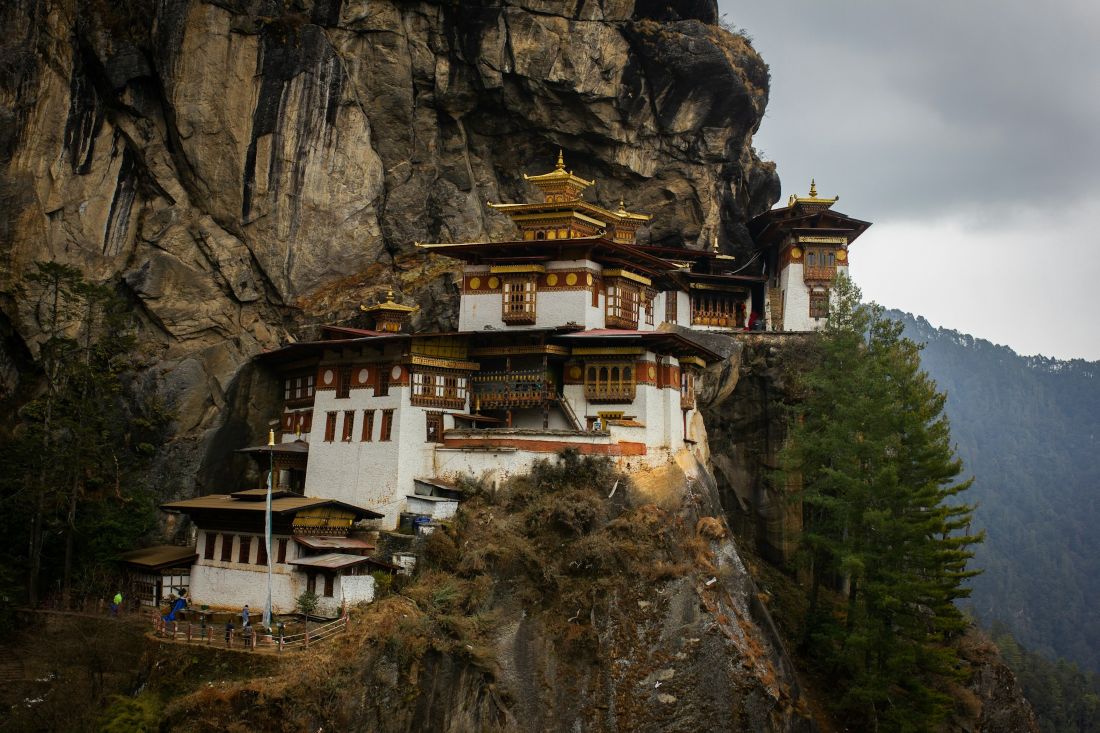
After an early breakfast, embark on an excursion to Chele La Pass (3,988m), the highest motorable road in Bhutan. Enjoy the spectacular views of Mount Jomolhari (7,326m) and Paro Valley from this sacred, prayer-flag-bedecked pass. The area is rich in Bhutanese flora and offers excellent opportunities for short hikes and birdwatching. After exploring Chele La Pass, drive back to Paro. Spend your evening shopping in the local markets, where you can buy Bhutanese handicrafts, woolen scarves, and traditional souvenirs.
Overnight Stay in Paro
Day 6: Tiger’s Nest Hike or Cultural Activities in Paro

Today, you have two options for exploration: Start early for a challenging but rewarding hike to Bhutan’s most famous landmark, Tiger’s Nest Monastery. Perched on a cliff at 3,120m, the monastery offers breathtaking views of Paro Valley. For non-hikers, explore a traditional Bhutanese farmhouse for lunch and activities like archery, hot stone bath (at own cost), and dress in traditional Bhutanese attire (Gho/Kira) and take memorable photos (photo print at own). In the evening, shop at Paro Market before heading back to the hotel for dinner.
Overnight Stay in Paro
Day 7: Departure from Paro
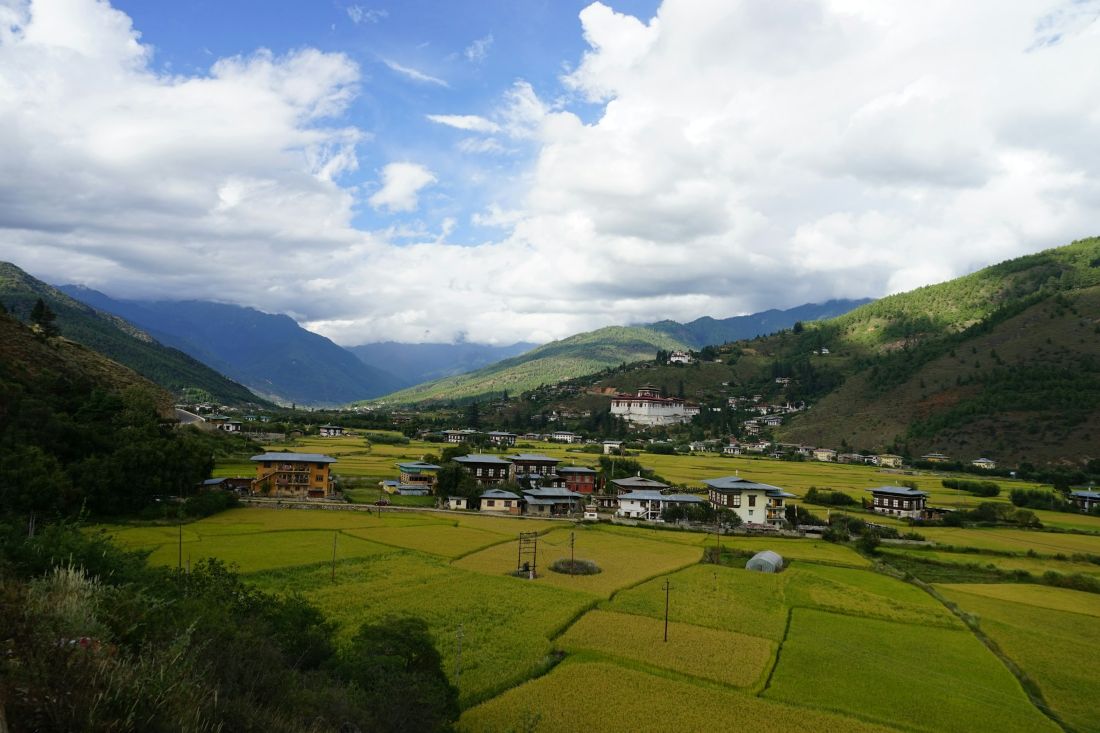
Transfer to Paro International Airport for your onward journey, carrying unforgettable memories of Bhutan’s stunning landscapes and rich cultural heritage.
End Of Tour
Included/Excluded
Hotel Details
Thimphu (2 Nights)
Punakha (1 Night)
Paro (3 Nights)
Thimphu (2 Nights)
Punakha (1 Night)
Paro (3 Nights)
Experiences
 Adventure & Thrill
Adventure & Thrill Culinary & Food
Culinary & Food Culture, Heritage & History
Culture, Heritage & History Amusement / Theme Park
Amusement / Theme Park Lakes & Rivers
Lakes & Rivers Mountain & Hill Stations
Mountain & Hill Stations Nature & Wildlife
Nature & Wildlife Pilgrimage & Spiritual
Pilgrimage & Spiritual Scenic Drives
Scenic Drives Shopping & Local Markets
Shopping & Local Markets Spa & Wellness Retreats
Spa & Wellness RetreatsFAQs
Do I need a visa to visit Bhutan?
What is the Sustainable Development Fee (SDF)?
What is the best time to visit Bhutan?
Which are the must-visit places in Bhutan?
What is the Tiger’s Nest Monastery and can I visit it?
How do I reach Bhutan?
What are Bhutan’s rules on tourism and environment?
What kind of food is available in Bhutan?
How do I get around Bhutan?
Can I use my mobile phone and internet in Bhutan?
Are there ATMs and can I use credit cards?
What is Thimphu known for?
Are there good shopping options in Thimphu?
What is Paro famous for?
How difficult is the Tiger’s Nest hike?
Why is Punakha popular among tourists?
Extra prices:
Discounts:
- {{total_price_html}}
- {{pay_now_price_html}}
















